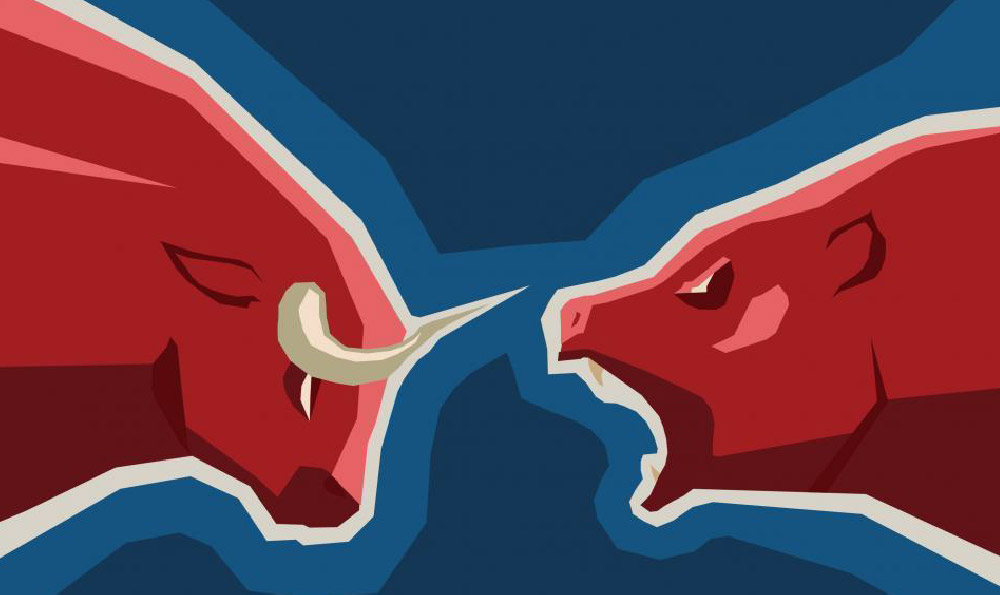
The National Football League (NFL), a behemoth in the sports and entertainment industry, operates as a complex financial ecosystem. Understanding its revenue generation and profitability in 2023 requires delving into various income streams and expense categories. While the NFL's financial details aren't published with the same transparency as publicly traded companies, careful analysis of available information and expert estimations allows us to construct a comprehensive picture of the league's financial performance.
To estimate revenue, it's crucial to understand the NFL's diverse income sources. The most significant contributor is media rights. The NFL has secured lucrative broadcasting deals with major networks like CBS, NBC, Fox, ESPN, and Amazon. These contracts guarantee billions of dollars annually, providing a stable foundation for the league's overall financial health. These agreements span multiple years and are designed to provide long-term financial stability. The value of these deals reflects the enormous audience the NFL commands, making it a prime target for advertisers seeking broad reach. In 2021, the NFL signed new media deals that will bring in well over $100 billion over the life of the agreement, significantly impacting the 2023 revenue and future projections. It’s safe to assume that the vast majority of the increased revenue from the new media deals was already realized in the 2023 season.
Another substantial revenue stream stems from ticket sales. With games consistently drawing massive crowds, the NFL benefits significantly from gate receipts. The financial impact of ticket sales extends beyond the face value, encompassing spending on concessions, merchandise, and parking, further boosting the league and its franchises’ revenue. Although television viewership is higher, the revenue from live attendance adds a significant percentage to the overall financial performance. The demand for tickets, particularly for playoff games and the Super Bowl, drives prices upward, contributing considerably to the revenue generated.

Sponsorships and licensing deals represent another vital component of NFL revenue. Major corporations partner with the NFL to gain visibility and align their brands with the league's popularity. These sponsorships can range from stadium naming rights and in-game advertising to partnerships with specific teams or players. Licensing agreements grant companies the right to produce and sell NFL-branded merchandise, generating revenue through royalties paid to the league. The NFL's strong brand identity enables it to command premium prices for sponsorships and licensing deals, making this a lucrative segment of its business.
The NFL also generates revenue from NFL Ventures, which handles the league's diverse business interests, including media production, international games, and other ventures. NFL Ventures is responsible for the NFL Network, NFL Films, and other properties that expand the league's reach and generate additional income. The international games, particularly in London and Mexico City, have become increasingly popular, contributing to the NFL's global brand awareness and generating revenue through ticket sales, merchandise, and sponsorships.
Considering all of these revenue streams, estimating the NFL's 2023 revenue requires incorporating the new broadcasting deals, the steady income from ticket sales and other game day income, the lucrative earnings from sponsorships and licensing, and the contributions of NFL Ventures. Industry estimates suggest the NFL generated around $18 billion in revenue for the 2023 season. This figure accounts for the full impact of the new media rights deals and the continued growth in the league's other revenue segments. This represents substantial growth compared to previous years and solidifies the NFL's position as the highest-grossing sports league in the world.
Determining the NFL's 2023 profits is a more complex task. The NFL is a unique organization in that it is a tax-exempt organization and previously operated as a non-profit entity. The league does not publicly disclose its profit margins, but we can estimate them based on the available information about its revenue and expenses.
The NFL’s expenses are spread across many areas. One major area is player salaries. The collective bargaining agreement (CBA) between the NFL and the NFL Players Association (NFLPA) dictates the revenue split between the owners and the players. The CBA sets a salary cap for each team, which limits the amount teams can spend on player contracts. Despite the cap, player salaries still represent a significant portion of the NFL's overall expenses. High-profile players can command salaries exceeding tens of millions of dollars per year, and the total player compensation for all 32 teams amounts to billions of dollars annually.
Another significant expense is related to administrative and operational costs. This category includes expenses related to running the league office, managing league-wide initiatives, and supporting the teams. These costs can include salaries for league officials, travel expenses, marketing and promotion expenses, and other administrative overhead. The NFL also incurs expenses related to player benefits, including health insurance, retirement plans, and other forms of compensation.
The league also spends a considerable amount of money on marketing and promotion. The NFL invests heavily in promoting its games and its brand to maintain its popularity and drive revenue. This includes advertising campaigns, public relations efforts, and other marketing activities. The NFL also incurs expenses related to stadium maintenance and improvements. While these expenses are primarily borne by the individual teams, the league may contribute to certain stadium projects.
Given that the NFL shares a large portion of its revenue with the players and incurs significant operational and administrative costs, estimating the profit margin can be tricky. Factoring in all expenses, expert estimates suggest the NFL's profit margin falls somewhere in the range of 10-15%. Applying this range to the estimated $18 billion in revenue, the NFL's 2023 profits would likely be in the range of $1.8 billion to $2.7 billion. It’s important to note that these profits are then distributed amongst the 32 teams, who in turn have their own revenue and expense structures to manage.
It's also crucial to remember that the NFL's financial structure differs significantly from that of a typical for-profit corporation. As an organization that distributes a large portion of its revenue to its member teams, the NFL's financial success is ultimately tied to the financial health of its franchises. Each team operates as an independent business entity, with its own revenue streams, expenses, and profit margins. This unique structure makes it challenging to pinpoint an exact profit figure for the league as a whole.
In conclusion, the NFL generated an estimated $18 billion in revenue for the 2023 season, with profits estimated to be in the range of $1.8 billion to $2.7 billion. This robust financial performance underscores the league's dominance in the sports and entertainment landscape. Its diversified revenue streams, including lucrative media rights deals, ticket sales, sponsorships, and licensing agreements, have enabled it to achieve remarkable financial success. While the exact profit figures are not publicly available, the estimates demonstrate the NFL's ability to generate substantial profits while investing in its players, infrastructure, and marketing efforts. The NFL's financial success is ultimately a testament to its popularity, its strategic business decisions, and its ability to adapt to the evolving media and entertainment landscape.





